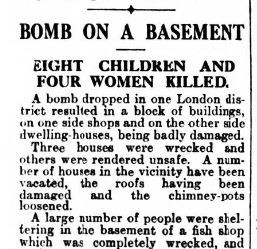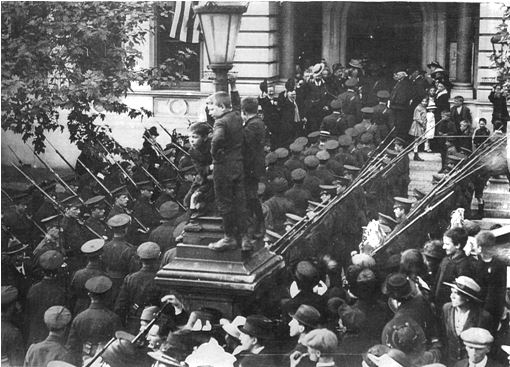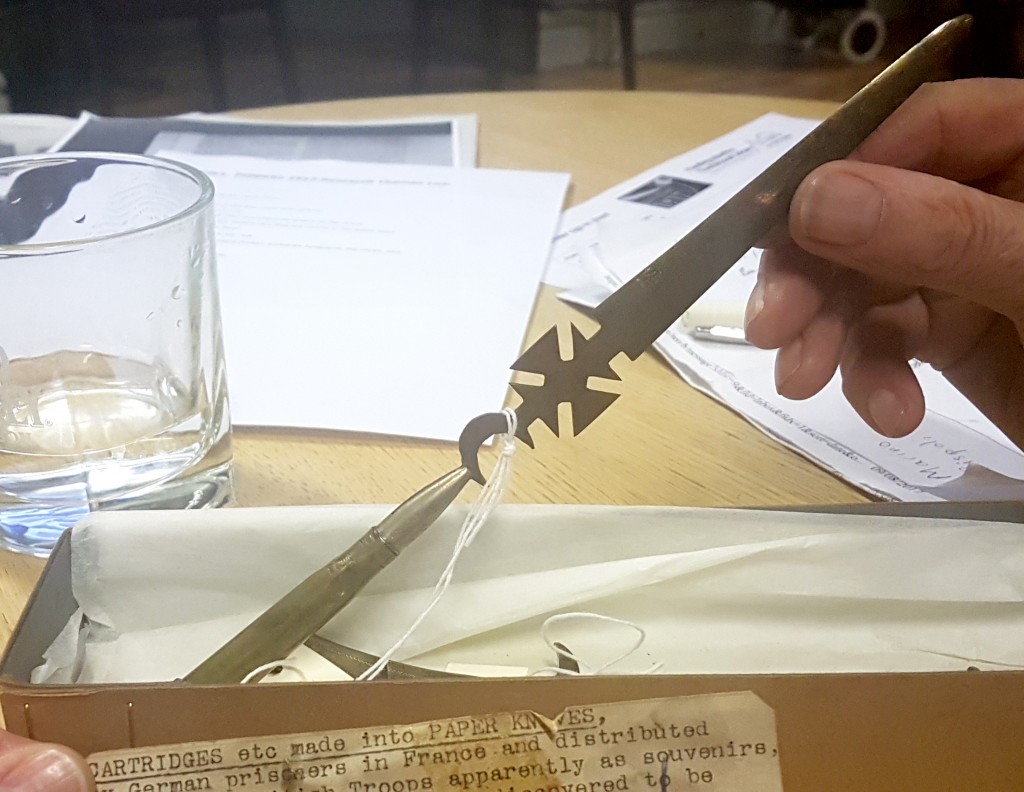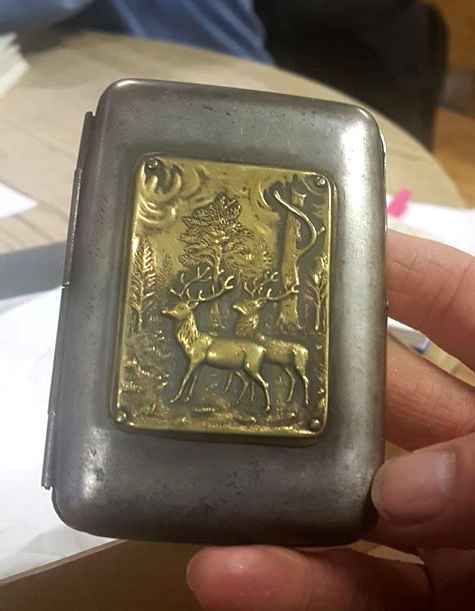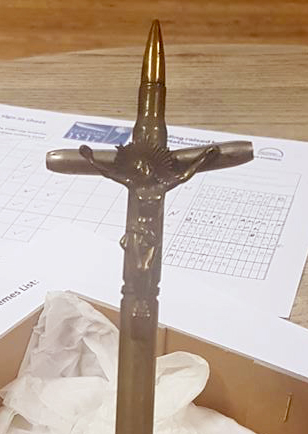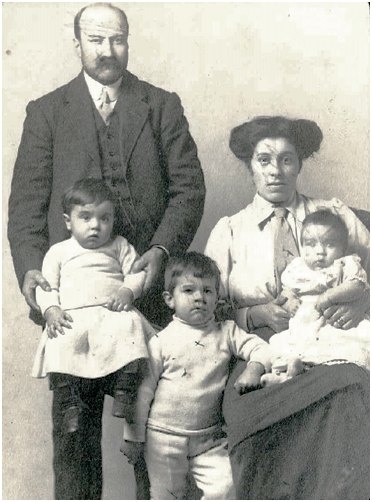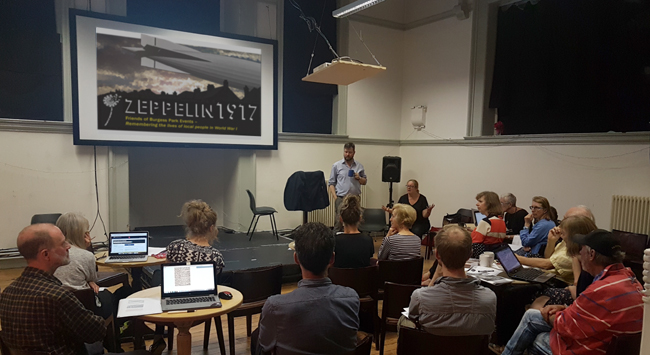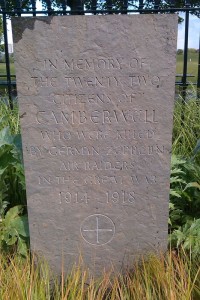How big is a Zeppelin?
In order to answer that question the Burgess Park Cricket Club helped lay out the size of Zeppelin L45 onto the park on Saturday morning using their boundary rope. In fact, we discovered the Zeppelin size is larger than a cricket pitch boundary! This aerial photograph, thanks to Damian Laurence’s drone piloting, shows the Zeppelin taking up the whole of the great lawn – as long as a street.
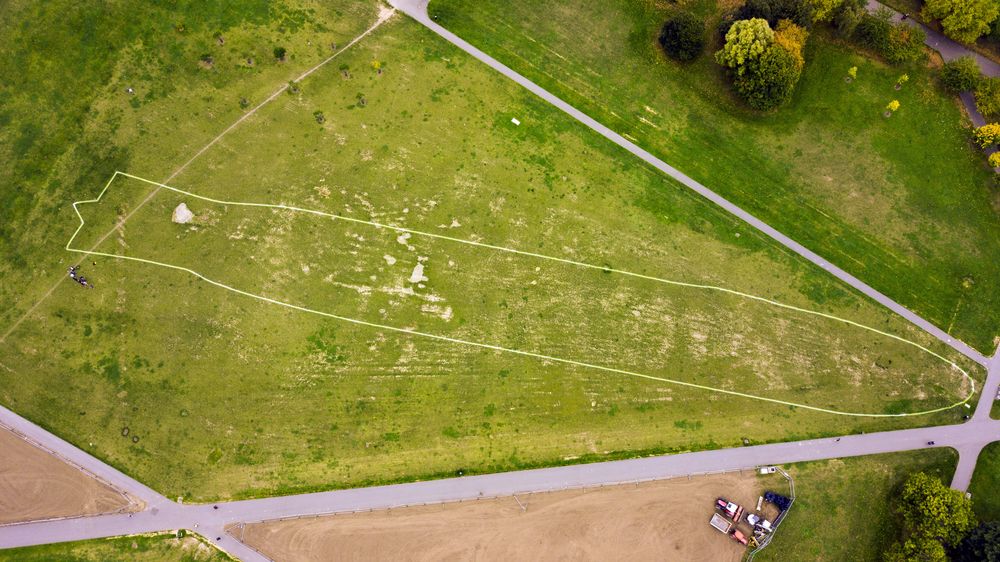
Many thanks to Everton for organising this with the cricket club, and to Jo and Lewis from Southwark Parks for helping to move the huge amount of rope.
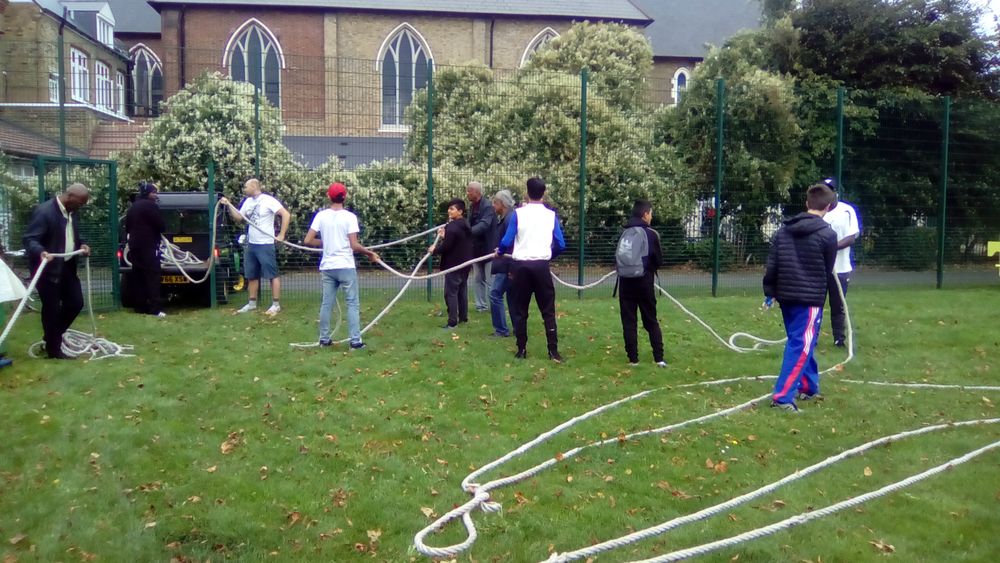
Black Poppies Talk by Stephen Bourne
On Saturday afternoon local historian and author Stephen Bourne gave a presentation telling the story of how black people in Britain joined up for the forces and played a variety of roles in WWI. Unlike the USA, Britain did not segregate servicemen by colour. Stephen showed photographs from different regiments with black servicemen and explained the social history of black people as part of local communities in the UK prior to WWI. As the war progressed more forces were also drawn from the colonies and came to fight in Europe. Stephen’s book Black Poppies gives plenty of detail on the military and civilian wartime experience of black Britons, from the trenches to the music halls.
Stephen concluded his talk by outlining his research into the role of the police during the Zeppelin air raid on Calmington Road. The police officers who rescued people from the damaged buildings were all awarded medals. The role of the police as hidden heroes is recognised in the Zeppelin 1917 exhibition.
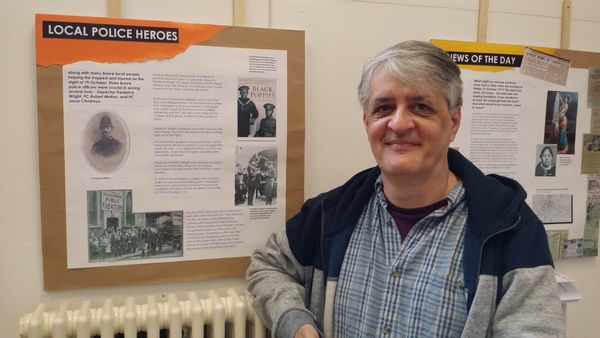
1917 Knees Up
Vesta Tilley, called ‘Britain’s greatest recruiting sergeant’, famous music hall chorus was:
'Oh we don't want to lose you but we think you ought to go For your King and your Country both need you so’
So quite a lot of social pressure to join-up!
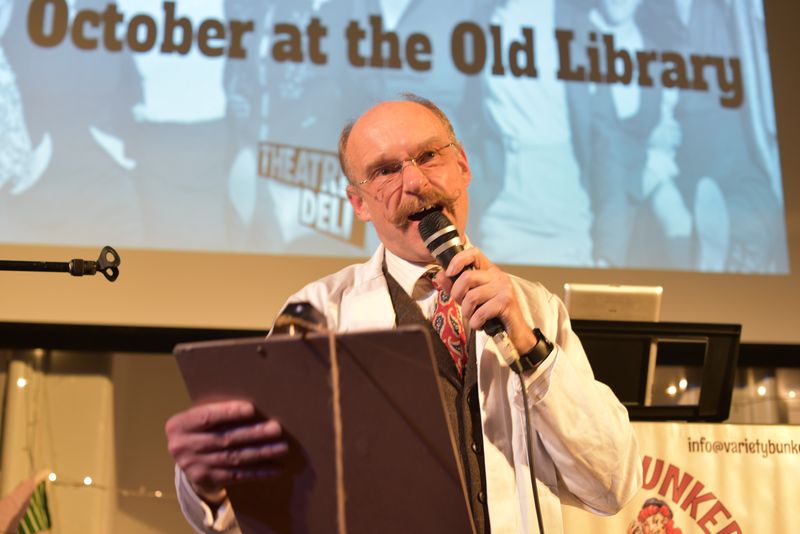
We rounded up the with an evening with quizmaster extraordinaire Mike Raffone and a proper singalong from Mister Meredith (both sporting excellent moustaches). With several competitive quiz teams, including some of our volunteer researchers, as well as Glengall Wharf Garden and other local volunteers, the standard was high on the local knowledge, but less sure on the famous singers of the period.
Mister Meredith then took us through some well-known songs of the period – recruiting songs and music hall numbers – with the official words, and sometimes the soldiers’ own versions of the songs!
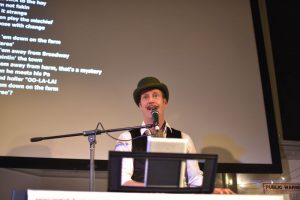
Q: Who composed “Keep the Home Fires Burning” ?
A: Composed by Ivor Novello with words by Lena Guilbert Ford in 1914
Posted by Susan Crisp, 18th October 2017
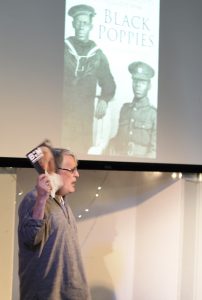
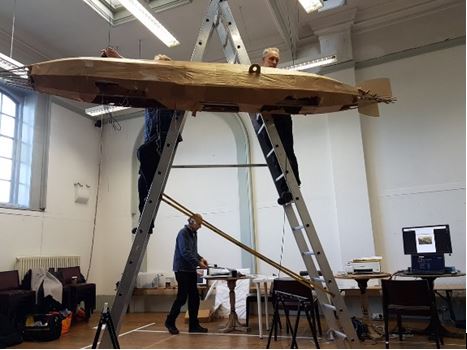
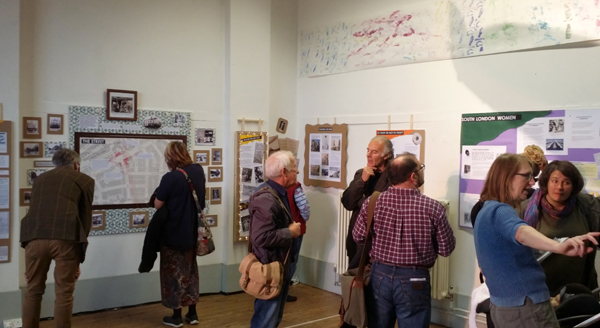
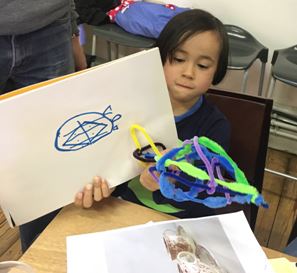
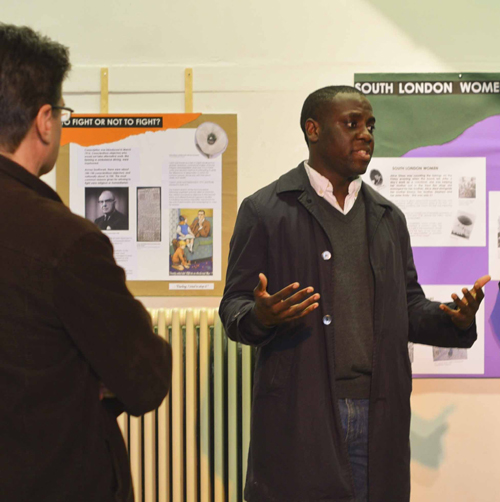
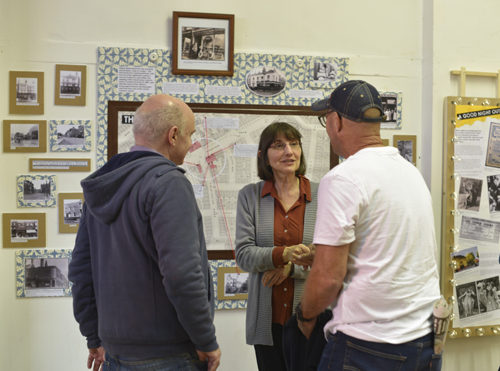
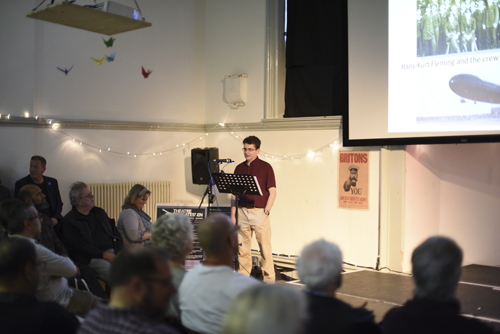
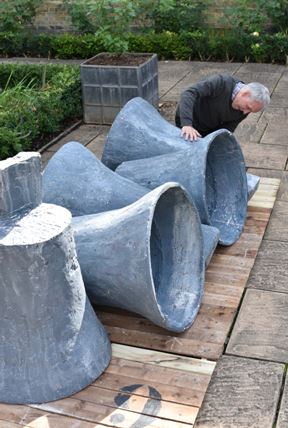


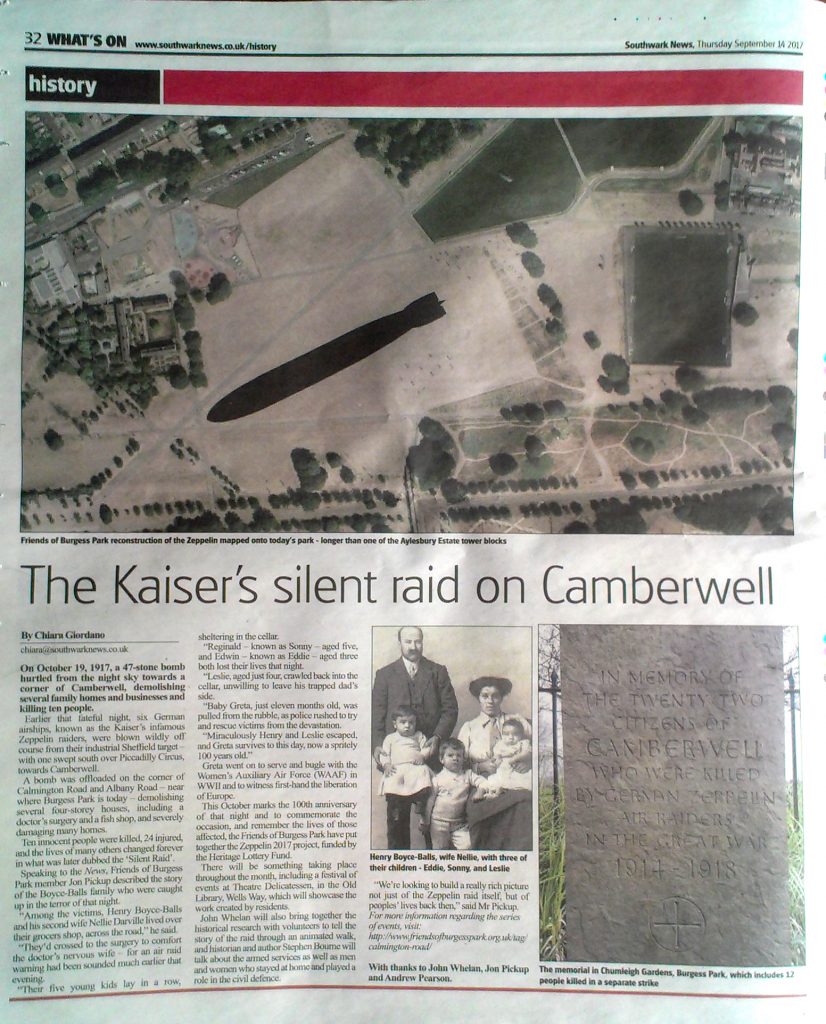

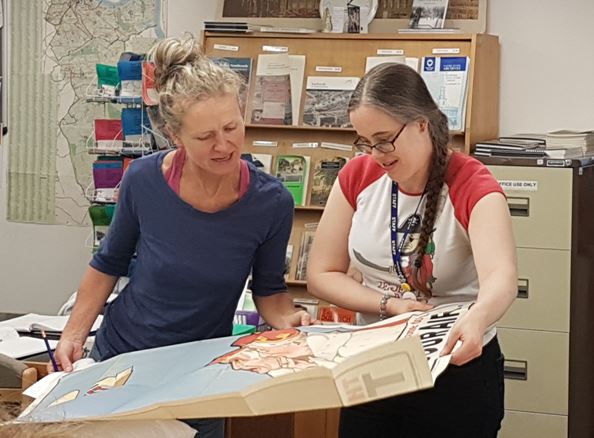
 What a wonderful time we are having exploring the history and heritage of WW1 and the Zeppelin Raid on Calmington Rd in 1917! Our third volunteer session was late afternoon on Monday 4th September. The team at the IWM (Imperial War Museum) have been so supportive of the project, they have helped and encouraged us every step of the way. It was an amazing session that really animated the history and showed so many ways we could use the resources and talents of this wonderful Museum.
What a wonderful time we are having exploring the history and heritage of WW1 and the Zeppelin Raid on Calmington Rd in 1917! Our third volunteer session was late afternoon on Monday 4th September. The team at the IWM (Imperial War Museum) have been so supportive of the project, they have helped and encouraged us every step of the way. It was an amazing session that really animated the history and showed so many ways we could use the resources and talents of this wonderful Museum.

